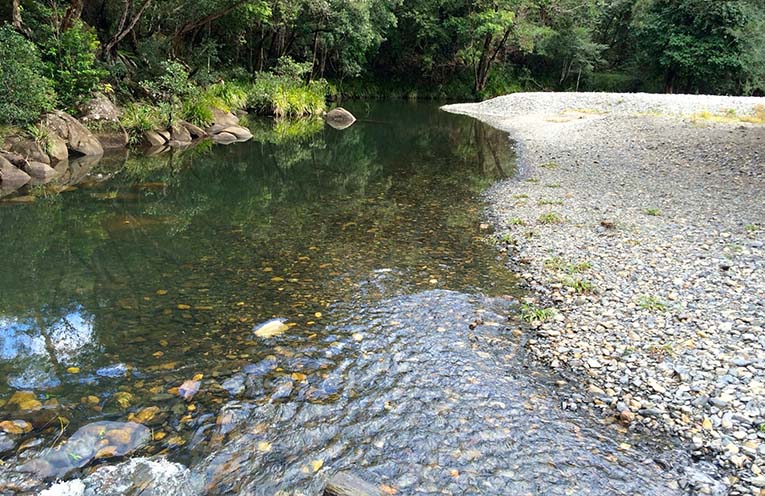
THE Yurruungga Aboriginal Corporation has been granted $1.1 million over four years to consult about the impact of tourism on the newly-announced Bellinger Valley Indigenous Protected Area (IPA).
The Bellinger Valley location is one of twelve new IPA areas announced by the Federal Government last week.
 Advertise with News of The Area today.
Advertise with News of The Area today.It’s worth it for your business.
Message us.
Phone us – (02) 4981 8882.
Email us – media@newsofthearea.com.au
These are areas of land and sea country managed by First Nations groups with an aim to deliver better nature protections and local jobs.
The Government says the new projects, covering areas from the Western Australian deserts to the NSW rainforests, will protect a combined area of 7.5 million hectares of land and 450,000 hectares of sea country – bigger than the size of Tasmania.
This is in addition to existing IPAs, which currently cover 87 million hectares of land and more than five million hectares of sea country – the majority of Australia’s national estate.
The Government says the new IPAs will contribute to its $231.5 million commitment to protect 30 percent of land by 2030 and safeguard biodiversity, providing habitats for koalas and threatened native species such as the Greater Bilby, Princess Parrot and Eastern Curlew.
It is hoped the IPA managed by the Yurruungga Aboriginal Corporation will improve the trajectory of threatened species such as the Swift Parrot and the Regent Honeyeater, and ensure the protection of cultural heritage.
“There’s no one better placed to care for land and sea than First Nations communities,” Federal Environment and Water Minister Tanya Plibersek said.
“That’s why we’re expanding the successful IPA program, continuing to support traditional owners to manage and protect land and sea country for future generations.
“At the same time, we’re creating jobs and teaching a new generation to care for country.”
Linda Burney, the Minister for Indigenous Australians, said no one knows Australia better than First Nations people who “for time immemorial have cared for our land and sea”.
“These new Indigenous Protected Areas will mean local Aboriginal and Torres Strait Islander people will have the opportunity to manage and care for country.
“Importantly, the Indigenous Rangers Program will help to close the gap by giving First Nations people work on country.”
Yurruungga Aboriginal Corporation CEO Dean Thomas Kelly said the grant would accelerate the government’s aims of empowering Indigenous stewardship of country.
Current activities such as cultural burning, giving talks about traditional culture, and identifying and highlighting areas of environmental and cultural significance will be facilitated by the grant.
He said that the grant would also enable the development of a coordinated, consistent approach by land owners and managers to preserving the biodiversity and traditional culture of the Bellingen Shire.
“Tourism should be a positive thing for the area but there are often negative impacts,” he said.
“For example, tourists might put on sunscreen and then swim in a stream, resulting in chemicals ending up in the water that could harm sensitive species such as the Bellinger snapping turtle.
“We want people to enjoy being on country but be mindful of their impact.”
A competitive grant opportunity was made available from 26 July to 10 October 2023 for Indigenous organisations with aspirations to deliver consultation projects for new and expanding IPAs
Forestry Corporation of NSW indicated it will work with the Yurruunngga Aboriginal Corporation to “discuss additional opportunities and initiatives in detail”.
“The grants are a wonderful opportunity for collaboration between Forestry Corporation and local Aboriginal communities to provide multiple benefits including working on country, environmental protection, and employment and training and we will work closely with any groups who are successful for applications that include areas of State forest,” a Forestry Corporation spokesperson said.
“A local example is the highly successful model at Niigi Niigi (Sealy Lookout), where a long-term partnership with the local Aboriginal community has facilitated ecotourism including cultural tours, environmental management including cultural burning and rehabilitation projects, as well as a social enterprise café.”
By Andrew VIVIAN
